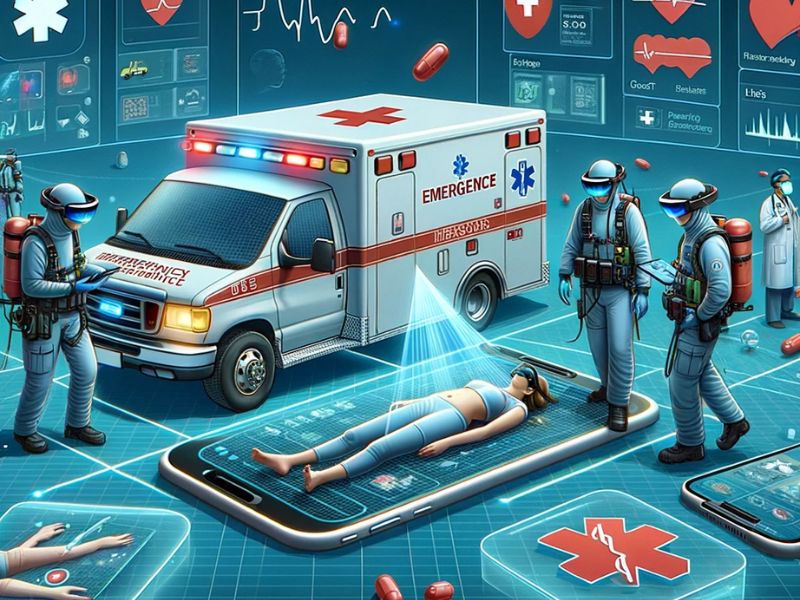
Microsoft HoloLens 2: A Technological Revolution in Emergency Response
The Innovative Use of HoloLens 2 in Emergency and Rescue Services
Introduction to HoloLens 2 in Emergency Response
Microsoft HoloLens 2 is redefining the concept of emergency response and assistance through the use of mixed reality. This technology offers new modes of collaboration and training for frontline workers, significantly improving efficiency and effectiveness in emergency situations. With the recent update to Windows 11, HoloLens 2 ensures greater security and provides new tools for developers, further expanding its applications in industrial and emergency scenarios.
Practical Use of HoloLens 2 in Emergency Response
Microsoft’s Public Safety and Justice team has explored various applications of HoloLens 2 in the field of emergency response. These include enhancing real-time situational awareness and facilitating communication and collaboration among multiple agencies, such as police, firefighters, and emergency medical services (EMS). The technology enables the rapid setup of real-time communications and collaborations among groups, with devices like drones offering new forms of visibility and situational awareness.
HoloLens 2 and the Connected Ambulance
A notable innovation in the use of HoloLens 2 in emergency response was introduced by Mediwave, which collaborated with Sri Lanka‘s national pre-hospital ambulance service, 1990 Suwa Seriya, to launch a fully connected ambulance. This ambulance integrates Mediwave’s Emergency Response Suite, which automates and enhances the efficiency of the emergency healthcare ecosystem. Thanks to HoloLens 2, emergency medical technicians can connect remotely with doctors at the Emergency Command and Control Center, monitor vital signs, and provide specialized care before reaching the hospital.
Future Considerations and Potential of HoloLens 2
HoloLens 2 is proving to be a crucial tool for the modernization of emergency and rescue services. With its mixed reality capabilities, it is transforming how responders collaborate, train, and manage critical situations. The adoption of this technology in multiple regions and scenarios could mark a significant breakthrough in how emergencies are handled globally, leading to a more effective and timely response in crisis situations.


